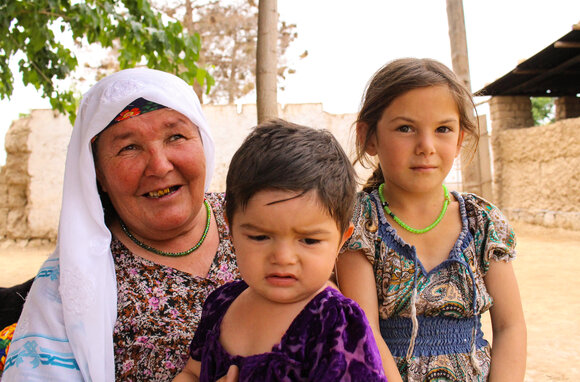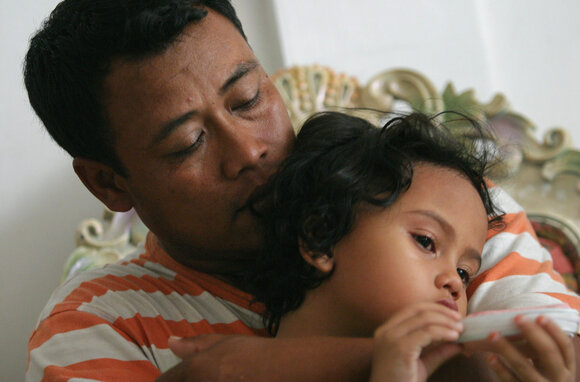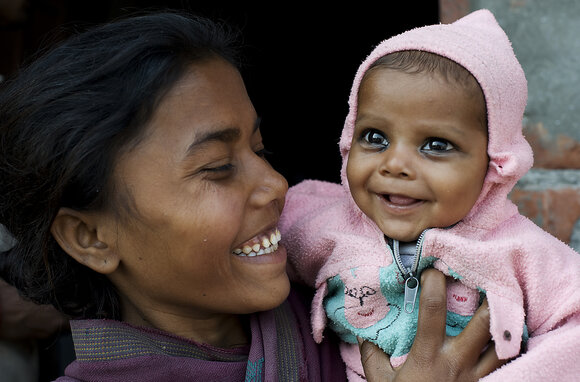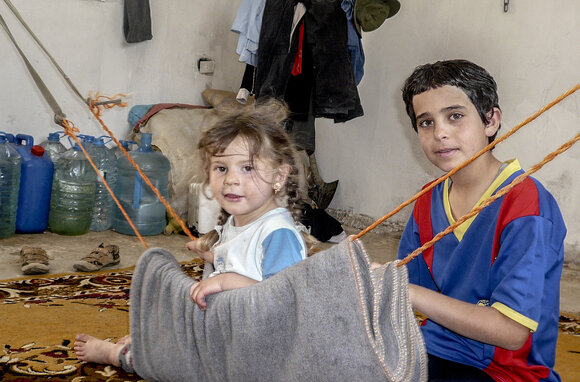
This page contains documents and other resources related to children's care in Asia. Browse resources by region, country, or category.
This page contains documents and other resources related to children's care in Asia. Browse resources by region, country, or category.




Displaying 1511 - 1520 of 1940
This short flyer from UNICEF Nepal answers the questions: What is orphanage voluntourism? Are the children in orphanages actually orphans? How can orphanage volunteering be harmful? Why is there greater risk following the 2015 earthquake? What are the risks to children of residing in orphanages? What is the solution for children that are genuine orphans? And how can you help children in Nepal?
This report includes a number of observations about the adoption situation in Armenia as well as makes diverse recommendations targeting key actors.
This article investigates the relationships and differences between statelessness and migration. Its particular focus is on migration in Malaysia and how migration can lead to statelessness.
This document serves as a brief of the UNICEF Child Protection Programme provided in Cambodia.
This evaluation assesses two alternative care reform projects in Cambodia that share a common aim of strengthening child protection systems from grassroots to national levels.
The purpose of this paper is to describe hitherto unexplored issues related to sexual abuse of left-behind children of migrant women in Sri Lanka.
The case study, which accompanies ECPAT's Global Study on Sexual Exploitation of Children in Travel and Tourism, tells the story of Dahlia, a 15 year-old girl from Indonesia who is a survivor of child sexual exploitation.
ISS, with support from UNICEF Viet Nam and MOLISA, undertook research on child abandonment and relinquishment in 2011 and 2012, as part of its follow up technical support to Viet Nam in overhauling its adoption system.
This paper explores the effects of a mother’s migration on her children’s well-being.
This paper uses data collected in 2008 and 2009 for a project on Child Health and Migrant Parents in South-East Asia (CHAMPSEA) to address a largely neglected research area by investigating the mental health of those who stay behind in Indonesia, Philippines and Vietnam to care for the children of overseas migrants.